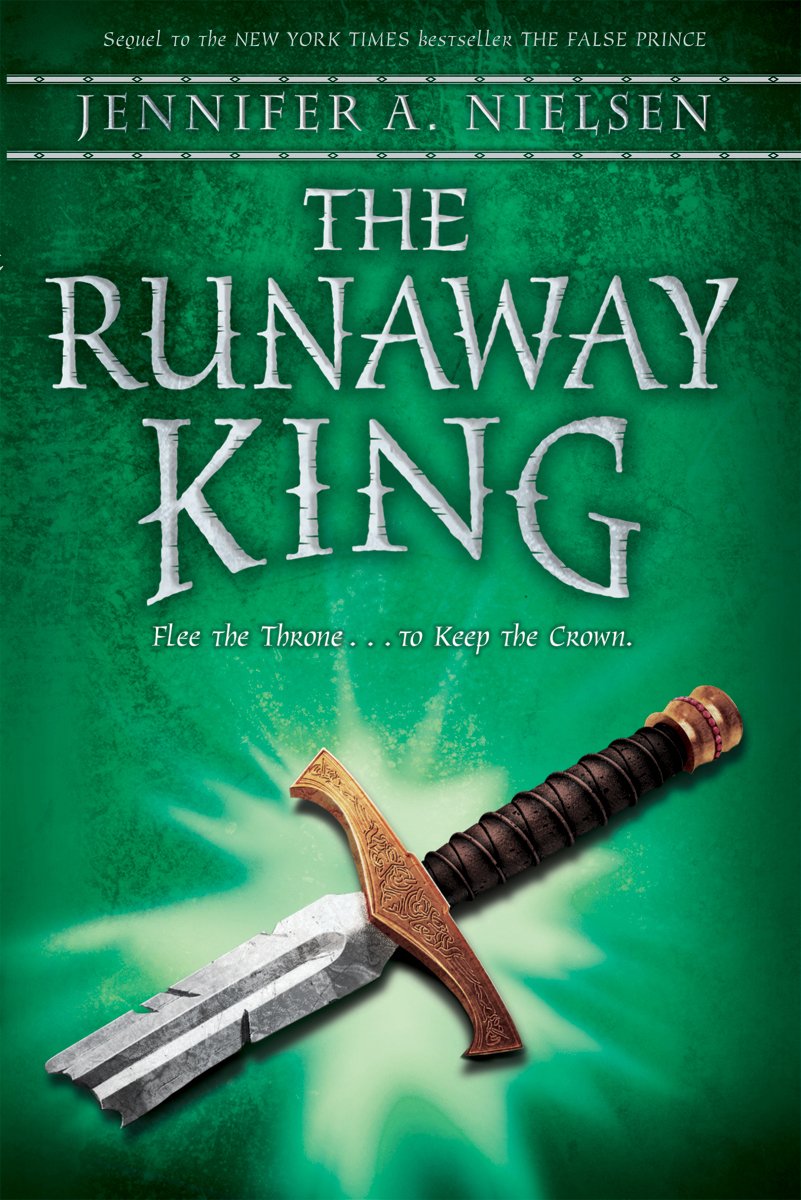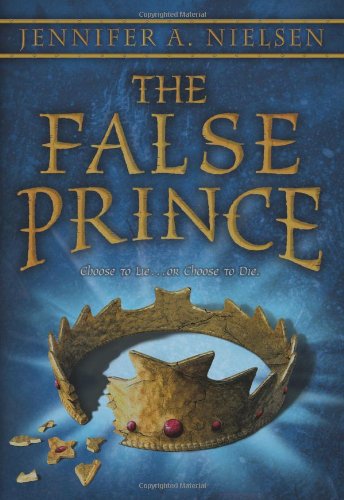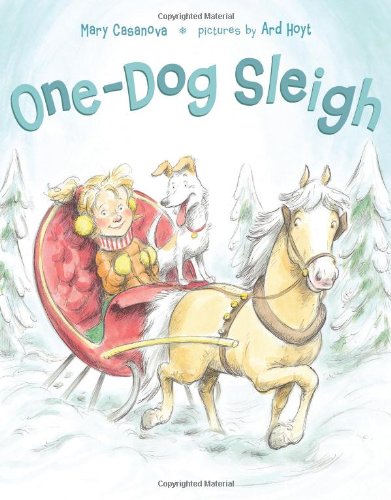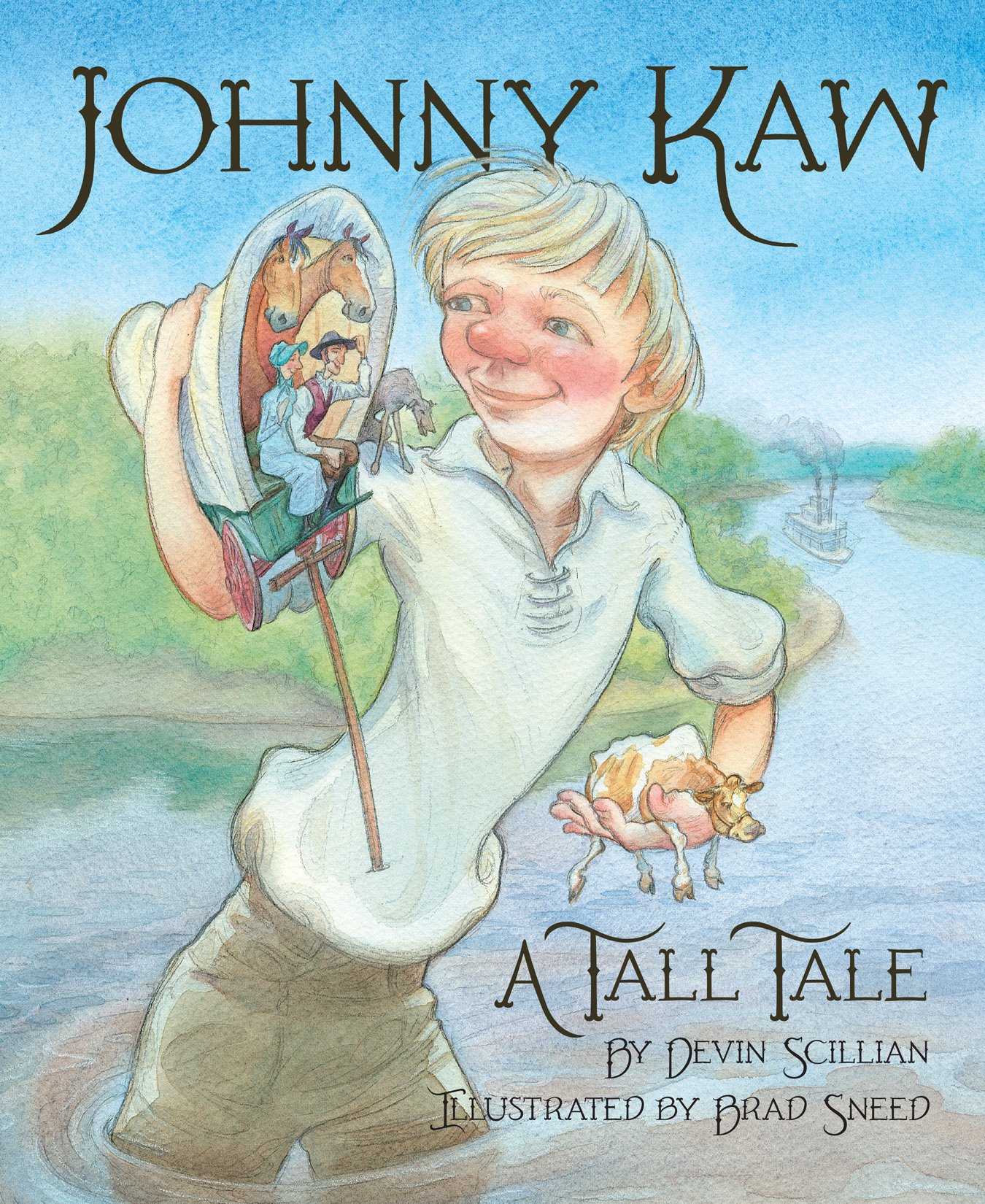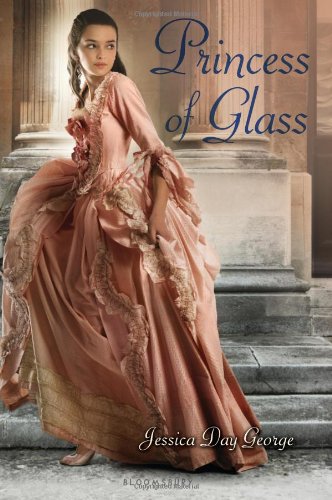A few years ago I read an online article from The New York Times by Julie Bosman called, “
” (Oct. 7, 2010). What I read saddened and disturbed me.
The article stated that bookstores, publishers, and authors all saw a steady decline of picture books sales in recent years. From Bosman’s research, this decline seems to be caused by parents who are pressuring their young children—kindergarteners or first graders—into leaving behind picture books for chapter books. These parents have the false notion that this early switch towards chapter books will better prepare their children for school standardized testing.
But literacy experts have shown that picture books can help “develop a child’s critical thinking skills” better than many chapter books.
But I felt that the article didn’t address another element causing the picture book decline: less parents are taking the time to read to their children.
When told the word “picture book”, the image most people think of is an adult reading a short, illustrated book aloud to a child. When “chapter book” is said, most people immediately envision a solitary activity. What is this saying to children?
But I get that life can be incredibly busy. Parents today have to juggle jobs, finances, community and church responsibilities, even their own education along with all their children’s school and extracurricular activities. But when parents push aside personal time reading to their children for other activities, they lose out on helping their children feel loved and aiding them in developing their critical thinking skills as mentioned above.
Pres. Dieter F. Uchtdorf, second counselor in the First Presidency of The Church of Jesus Christ of Latter-day Saints gave a talk entitled “
Of Things That Matter Most” (Oct. 2010). In it he discusses the importance of parents taking time out for their children.
Elder Dallin H. Oaks…taught, “We have to forego some good things in order to choose others that are better or best because they…strengthen our families.”
Since “no other success can compensate for failure in the home”, we must place high priority on our families. We build deep and loving family relationships by doing simple things together, like family dinner and family home evening and by just having fun together. In family relationships love is really spelled t-i-m-e, time. Taking time for each other is the key for harmony at home.
So realize it’s not just about choosing picture books over chapter books. It’s about choosing time with your children.
Want to start developing that time together? Here are some tips to help you get started:
1. Pick a time with your children as your special “reading time”. Do it at a certain time every day, like bedtime, or several times a week.
2. If things get in the way, see what activities can moved around or eliminated so you can keep up your scheduled reading time together.
3. Pick a special reading spot. Create a “reading corner” in your home with comfy chairs, blankets, and pillows. Or pick a special library or park you frequent often with your families.
4. Get books! Raid the libraries and find any picture books that interest you and your children.
To help you complete one of these tips, I have listed below some of the best picture books for children.
Let the power of picture books help your children not only improve their reading and comprehension skills, but also to improve your relationships with them. Good luck and good reading!
Alexander and the Terrible, Horrible, No Good, Very Bad Day by Judith Viorst
Auntie Claus by Elise Primavera
Babushka Baba Yaga by Patricia Polacco
The Berenstein Bears and the Spooky Old Tree by Stan & Jan Berenstein
Blockhead: The Life of Fibonacci by Joseph D’Agnese, illustrated by John O’Brien
The Boy Who Was Raised by Librarian by Carla Morris, illustrated by Brad Sneed
Bubba and Trixie by Lisa Campbell Ernst
Chicken Soup With Rice by Maurice Sendak
Click, Clack, Moo: Cows That Type by Doreen Cronin, illustrated by Betsy Lewin
The Day Dirk Yeller Came to Town by Mary Casanova, illustrated by Ard Hoyt
The Empty Pot by Demi
Epossumondas series by Coleen Salley, illustrated by Janet Stevens
Escape of Marvin the Ape by Caralyn Buehner, illustrated by Mark Buehner
Fanny's Dream by Caralyn Buehner, illustrated by Mark Buehner
Frog and Toad series by Arnold Lobel
Genghis Khan by Demi
The Giving Tree by Shel Silverstein
Harvey Potter's Balloon Farm by Jerdine Nolen, illustrated by Mark Buehner
Hershal and the Hanukkah Goblins by Eric Kimmel, illustrated by Trina Hyman
Horton Hatches the Egg by Dr. Seuss
How Do Dinosaurs Say Goodnight series by Jane Yolen, illustrated by Mark Teague
How the Grinch Stole Christmas by Dr. Seuss
I Know An Old Lady Who Swallowed a Pie by Alison Jackson
Johnny Kaw: A Tall Tale by Devin Scillian, illustrated by Brad Sneed
The Jolly Postman series by Allen Ahlberg, illustrated by Janet Ahlberg
Jumanji by Chris Van Allsburg
King Bidgood's in the Bathtub by Audrey Wood, illustrated by Don Wood
The Legend of the Blue Bonnet by Tomie DePaola
The Legend of the Indian Paint Brush by Tomie DePaola
Library Mouse series by Daniel Kirk
Little Red Riding Hood: Newfangled Prairie Tale by Lisa Campbell Ernst
Livingstone Mouse by Pamela Duncan Edwards, illustrated by Henry Cole
Marco Polo by Demi
The Memory Coat by Elvira Woodruff, illustrated by Michael Dooling
The Misadventures of Sweetie Pie by Chris Van Allsburg
Miss Nelson is Missing series by Harry Allard, illustrated by James Marshall
Miss Smith's Incredible Storybook series by Michael Garland
No Such Thing! by Jackie French Koller, illustrated by Betsy Lewin
On Meadowview Street by Henry Cole
One Dog Canoe; One-Dog Sleigh by Mary Casanova, illustrated by Ard Hoyt
Pink and Say by Patricia Polacco
Pirates, Ho! by Sarah Thomson, illustrated by Stephen Gilpin
The Polar Express by Chris Van Allsburg
The Quiet Book by Deborah Enderwood
Rough-Face Girl by Rafe Martin, illustrated by David Shannon
Santa Calls by William Joyce
Saying Good-bye to Lulu by Corinne Demas, illustated by Ard Hoyt
Share With Brother;
Stay With Sister by Steve Layne, illustrated by Ard Hoyt
Smoky Mountain Rose: An Appalachian Cinderella by Alan Schroeder, illustrated by Brad Sneed
Snowmen and Night by Caralyn Buehner, illustrated by Mark Buehner
Some Dog!;
Some Cat! by Mary Casanova, illustrated by Ard Hoyt
Strega Nona's Harvest by Tomie DePaola
The Sweetest Fig by Chris Van Allsburg
The Talking Eggs by Robert D. San Souci, illustrated by Jerry Pinkney
Ten Things I Can Do to Help My World: Fun and Easy Eco-Tips by Melanie Walsh
Thank You, Mr. Falker by Patricia Polacco
The Three Cabritos by Eric Kimmel, illustrated by Stephen Gilpin
Tree of Cranes by Allen Say
The True Story of the Three Little Pigs by Jon Scieszka, illustrated by Jane Smith
Tutankhamen by Demi
'Twas the Night Before Thanksgiving by Dav Pilkey
Uncle Jed's Barbershop by Margaree King Mitchell, illustrated by James Ransome
Unspoken by Henry Cole
The Very Hungry Caterpillar by Eric Carle
The Widow's Broom by Chris Van Allsburg
A Wish for Wings that Work: An Opus Christmas Story by Berkeley Breathed
Where the Wild Things Are by Maurice Sendak
Yeh-Shen: A Cinderella Story from China by Ai-Ling Louie, illustrated by Ed Young
You are Special by Max Lucado
The Z was Zapped: A Play in Twenty-six Acts by Chris Van Allsburg
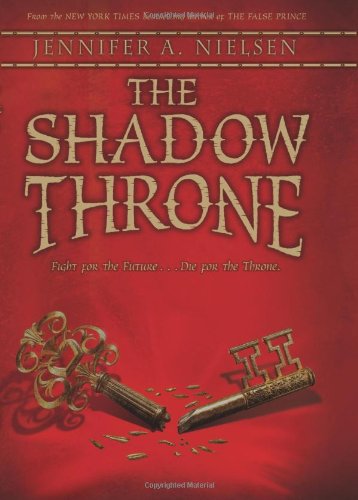 The countries of Avenia, Gelyn, and Mendenwal have joined forces to invade Carthya. Soon after the invasion, King Vargan of Avenia kidnaps Jaron's closest friend, Imogen. When Jaron tries to rescue Imogen, he is captured and Imogen is shot down. Thinking he has lost Imogen forever, Jaron sinks into a deep depression while Vargan's soliders torture him into surrendering his land. Only Carthya's plight and his unconquerable spirit can help Jaron pull through his despair to fight for his country's future.
The countries of Avenia, Gelyn, and Mendenwal have joined forces to invade Carthya. Soon after the invasion, King Vargan of Avenia kidnaps Jaron's closest friend, Imogen. When Jaron tries to rescue Imogen, he is captured and Imogen is shot down. Thinking he has lost Imogen forever, Jaron sinks into a deep depression while Vargan's soliders torture him into surrendering his land. Only Carthya's plight and his unconquerable spirit can help Jaron pull through his despair to fight for his country's future.